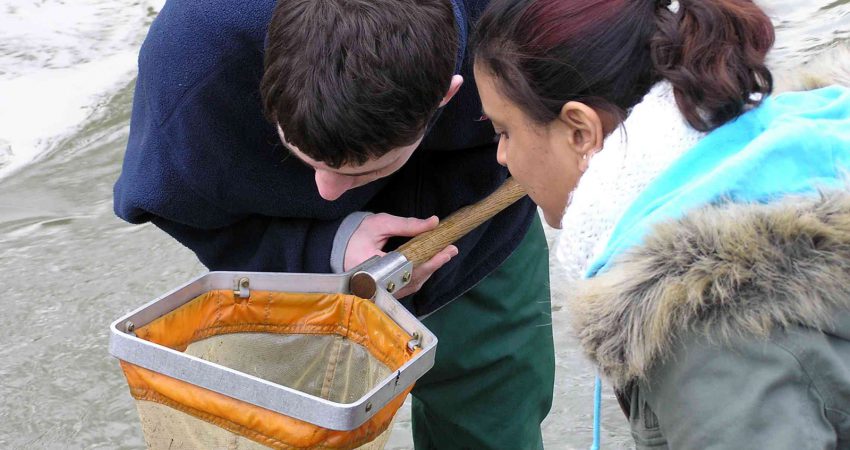
By Bronwyn Bevan - March 2011
PAPER CITATION
Gresalfi, M. S. (2009). Taking up opportunities to learn: Constructing dispositions in mathematics classrooms. The Journal of the Learning Sciences, 18(3), 327–369.
Many ISE educators design opportunities for children to collaborate in learning activities. This study's findings show that, when collaborations are designed to let children take responsibility for each other's understanding, the development of positive dispositions toward mathematics increases.
Dispositions are defined as "ways of being in the world" and include behaviors such as "approaching novel problems, persisting in the face of challenges, and interacting with others" (p. 328). Children's dispositions toward science and mathematics have long been considered crucial to their participation and pursuit of learning. Much of the ISE literature stresses the ways in which children (and others) can develop interest, attitudes, and dispositions in ISE settings. This article cautions against contemporary perspectives that characterize dispositions as traits of individuals. Instead, the author argues that dispositions are developed in context, and change over time.
The findings of the article support the argument that social, affective, and motivational factors are not just influences on but are centrally implicated in processes of learning. In one example, the author cites a study (Lampert, 1990) of a classroom where children were taught to "be courageous" by sharing their ideas before they were fully confirmed. Sharing early ideas allowed for collaborative conversations, which led to the refinement of ideas and the deepening of understanding.
The study tracked the participation of four students in collaborative activities conducted in two different classrooms. The author found that the degree to which the collaborative activities encouraged students to take responsibility for each other's learning affected the development of positive dispositions. For example, in one classroom the teacher supported students working together to address points of confusion; in the other classroom, the teacher was more likely to step in to explain and clarify when there was disagreement or confusion. More positive dispositions developed in the first instance, controlling for both high and low starting dispositions. The study found that, as children's positive dispositions expanded, they were more likely to take up opportunities for learning, even when the opportunities were more optional and less structured or required. This article has implications for how ISE educators think about dispositions—as fixed or contextual—and how they design activities to support the growth of positive dispositions.
For further reading, see
Lambert, M. (1990). When the problem is not the question and the solution is not the answer: Mathematical knowing and teaching. American Educational Research Journal, 27, 29–63.




